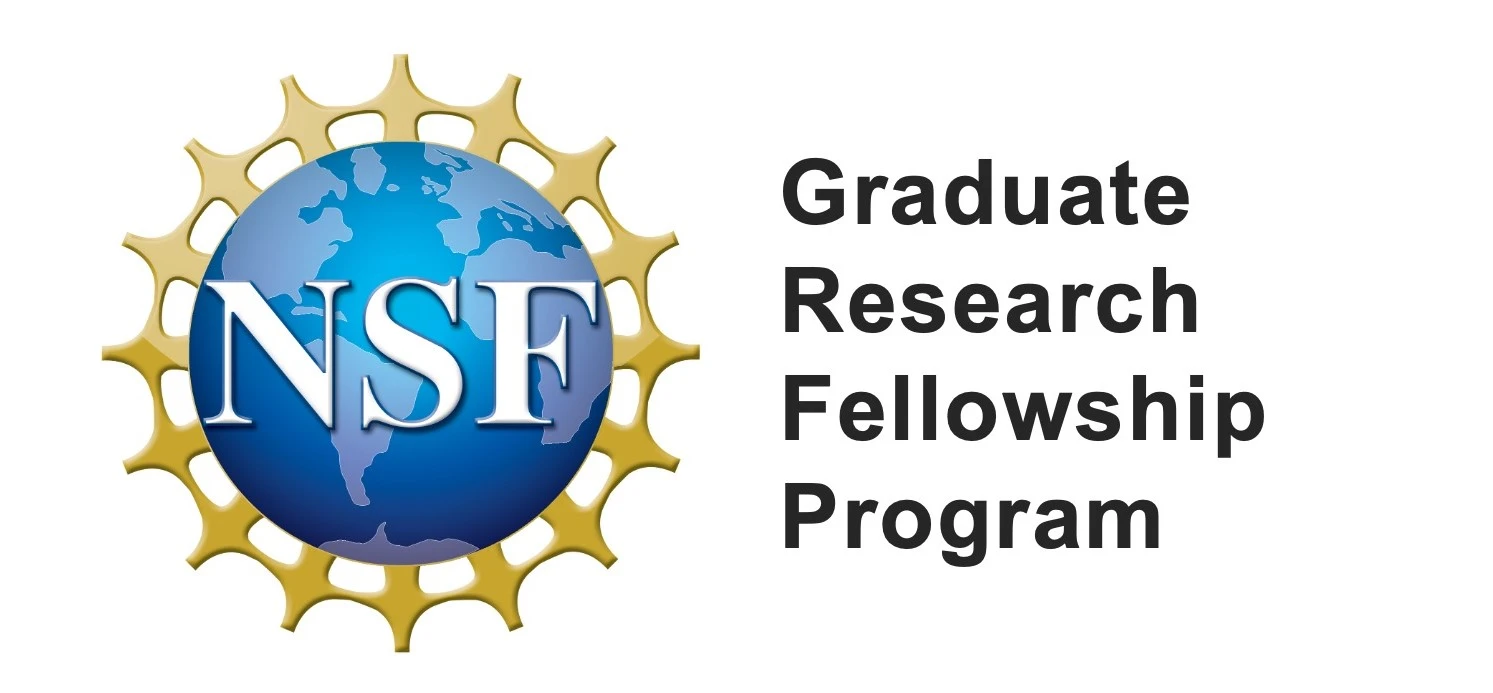NSF Graduate Research Fellowship – The Graduate Research Fellowship offered by the National Science Foundation is an example of a fellowship, which is a non-profit organization system that offers assistance and advantages. As you read, we’ll explain what each one is about and how to use it.
About 2,700 students are given scholarships each year by the National Scientific Foundation who have the potential to significantly advance scientific, math, and engineering research, education, and industrial applications.
Any accredited university in the United States that offers advanced degrees in science, math, or engineering is where the fellowships can be used.
National Science Foundation Graduate Research Fellowship
The NSF Graduate Research Fellowship Program (GRFP) provides three-year fellowships for graduate study in a variety of disciplines, including mathematics, physical sciences, biological sciences, engineering, behavioral and social sciences, and the history of science.
Additionally, it offers unique prizes for female students of engineering and computer science.
This fellowship offers a $34,000 annual stipend as well as three years of tuition and fee exemptions. The application procedure can be finished online, with the first component due in early October.
Candidates for this fellowship should have experience in research. Applications for the NSF GRFP are always evaluated based on two main standards: Intellectual Merit and Broader Impacts.
It is essential to fully address both of these review criteria in your Personal, Relevant Background, and Future Goals Statement in order to produce a competitive application.
READ ALSO!!!
- Emergency Medicine Fellowships
- Sports Medicine Fellowship for Institutions
- Prime Minister Research Fellowship for Doctoral Research
- Hertz Fellowship | Hertz Foundation
- Peter Thiel Fellowship
How to Apply
- To submit your application, go to the Research.gov website.
- If you want a practice score for your application, send it to Ashlee Ford Versypt at least 72 hours prior to the NSF GRFP deadline that applies to your discipline.
Eligibility Requirements
To apply, you must fulfill the conditions listed below:
- Be an American national, citizen, or lawful permanent resident.
- Graduate students may only apply once; if you are an undergraduate, you must be in your first or second year of study; if you are a graduate student, you must be in your senior year.
- Plan to enroll in a master’s or doctoral program that emphasizes research in a subject area covered by the GRFP.
- By the fall semester after your selection, be enrolled in an approved program at a recognized graduate school in the US with a campus in the US.
Fellowship Benefits
- A five-year fellowship with three years of full financing, covering tuition, fees, and benefits for health insurance
- $37,000 in allowance per year
- A $12,000 cost-of-education stipend to the institution
- Possibilities for professional growth (GRIP and GROW)
- Fellows and honorable mentions have access to the doctoral program.
- No service obligation
- Access to more resources to support research while on medical deferral (e.g. maternity/paternity leave)
Selection Criteria
Experts in disciplinary and multidisciplinary science, engineering, and graduate education review, rate, and rank applications as part of the application evaluation process.
Each panel’s main duty is to assess the quality of qualifying GRFP applications using the Merit Review Criteria of Intellectual Merit and Broader Impacts, which have been approved by the National Science Board. Following this, each panel is responsible for making recommendations for candidates to receive NSF Graduate Research Fellowships.
Application Deadline
Depending on the academic discipline you are studying, you are allotted different days in October every year. Consult the program solicitation on the NSF website to get the precise dates for your subject.
READ ALSO!!!
- Rangel Fellowship Graduate Program 2023 Updates
- National Science Foundation Graduate Research Fellowship
- Banting Postdoctoral Fellowships
- JSPS Postdoctoral Fellowship Program
- Ramanujan Fellowship
October 16, 2023
Life Sciences
October 17, 2023
STEM education and learning, Materials Research, Psychology, Social Sciences, and Computer and Information Science and Engineering
October 19, 2023
Engineering
October 20, 2023
Chemistry, Geosciences, Mathematical Sciences, Physics and Astronomy
For additional information, read some of the other interesting pieces on our blog, which you should share with your loved ones.








